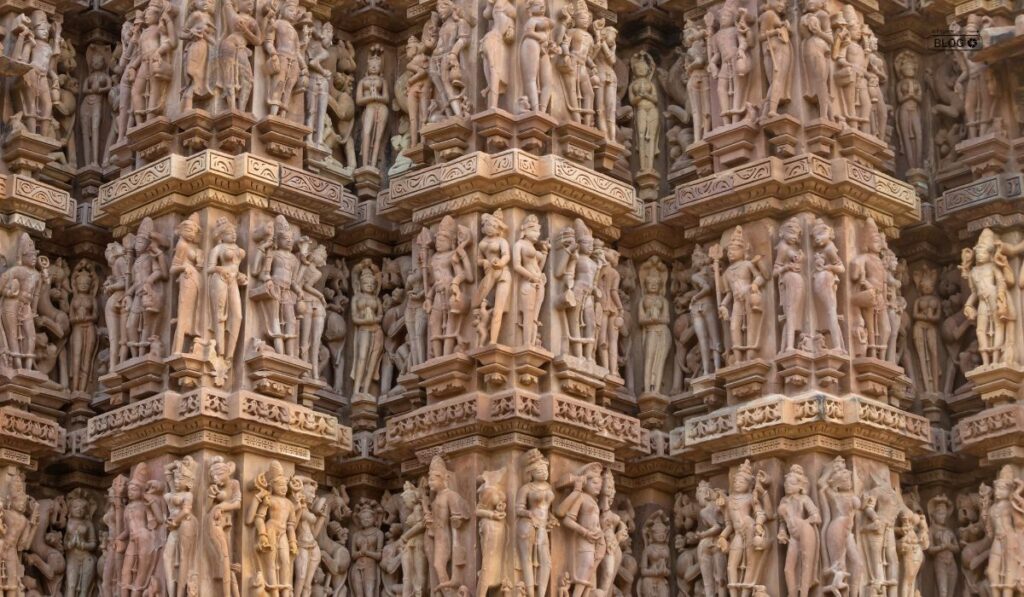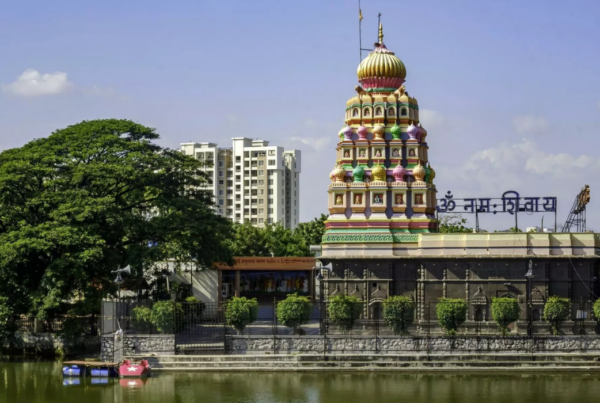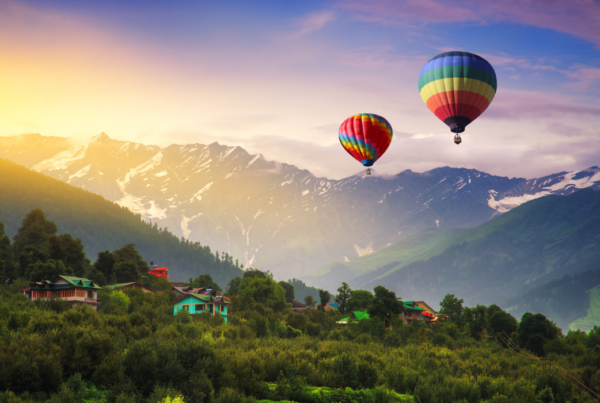Nestled in the heart of India, in the state of Madhya Pradesh, lies the enchanting town of Khajuraho. Renowned for its stunning temples, Khajuraho Temple Madhya Pradesh is a UNESCO World Heritage Site that attracts visitors from around the globe. The temples, built between 950 and 1150 AD, showcase an exceptional blend of intricate architecture, exquisite sculptures, and a fascinating cultural history.
Historical Background
The Chandela Dynasty constructed the Khajuraho Temples during a period of prosperity in central India. The rulers of this dynasty actively patronized the arts, leading to the creation of the remarkable temples we see today. Initially, there were 85 temples, but only 22 have survived the test of time.
Architectural Marvel
The temples at Khajuraho are a testament to the architectural brilliance of ancient India. Divide them into three groups – Western, Eastern, and Southern, each containing temples dedicated to different deities. The Western Group, the largest and most famous, is home to iconic structures such as Kandariya Mahadeva Temple, Chaunsath Yogini Temple, and Matangeshwar Temple.
The temples feature distinct Nagara-style architecture, with intricately carved spires and sanctums. The sculptures, while initially thought to be solely erotic, actually depict various aspects of life, including everyday activities, mythology, and spirituality.
Erotic Sculptures
One of the most intriguing aspects of Khajuraho, including its explicit depictions of human sexuality, is the Khajuraho Temple Madhya Pradesh. The erotic sculptures, although a small fraction of the overall artwork, have gained international attention. These intricate carvings explore themes of love, sensuality, and desire, challenging preconceived notions about the conservative nature of ancient Indian society. Scholars believe that these sculptures intended to symbolize integrating physical desire with spiritual enlightenment.
Religious Significance
While the erotic sculptures are what often capture the public’s imagination, the Khajuraho Temples are, above all, sacred places of worship. The intricate carvings on the temple walls depict various Hindu deities, including Vishnu, Shiva, and Devi. The spirituality embedded in these carvings is a reminder of the rich religious tapestry of ancient India.
Festival of Dance
Every year, Khajuraho hosts a vibrant cultural festival known as the Khajuraho Dance Festival. This event celebrates classical Indian dance forms, attracting renowned dancers and enthusiasts from around the world. Against the backdrop of the illuminated temples, the festival creates a mesmerizing ambiance, showcasing the timeless connection between art and spirituality.
Preservation Efforts

Over the centuries, Khajuraho faced the ravages of time, weather, and invasions. However, dedicated efforts have made to preserve and restore these architectural treasures. The Archaeological Survey of India (ASI) has played a crucial role in safeguarding the temples, ensuring that future generations can marvel at their beauty.
Visitor Information
- Location: Khajuraho is located in the Chhatarpur district of Madhya Pradesh, India.
- Accessibility: The town has well-connected air, rail, and road transportation. The nearest airport is Khajuraho Airport.
- Entrance Fees: There is an entrance fee for the Western Group of Temples, with separate fees for Indian and foreign visitors.
- Best Time to Visit: The winter months, from October to March, offer a pleasant climate for exploration.
Conclusion
Khajuraho Temple in Madhya Pradesh stands as a remarkable testament to India’s rich cultural and architectural heritage. Its intricate carvings, spiritual significance, and cultural festivals make it a must-visit destination for history enthusiasts, art lovers, and those seeking a profound connection with India’s past. Exploring Khajuraho transports visitors to a bygone era, where art, spirituality, and the human experience converge in a harmonious celebration of life.
FAQs
What is Khajuraho famous for?
Khajuraho is famous for its medieval Hindu and Jain temples, celebrated for their intricate Nagara-style architecture and explicit sculptures that depict various aspects of life, including human sexuality.
How many temples are there in Khajuraho?
Initially, there were 85 temples in Khajuraho, but today, only 22 have survived. Categorize these temples into the Western, Eastern, and Southern groups.
What is the significance of the erotic sculptures at Khajuraho?
The erotic sculptures at Khajuraho are a small yet attention-grabbing aspect of the temple artwork. Scholars believe that these carvings symbolize the integration of physical desire with spiritual enlightenment, challenging stereotypes about ancient Indian society.
Do people still use the Khajuraho Temples for worship?
Yes, people still consider the Khajuraho Temples as sacred places of worship. The temple walls feature intricate carvings depicting various Hindu deities, and people conduct rituals and ceremonies at these temples.
When is the best time to visit Khajuraho?
The best time to visit Khajuraho is during the winter months, from October to March when the weather is pleasant for exploration.
How can I reach Khajuraho?
Khajuraho has well-connected air, rail, and road networks. The town has its airport, Khajuraho Airport, and is easily accessible from major cities in India.
Is there an entrance fee to visit the Khajuraho Temples?
Yes, there is an entrance fee to visit the Western Group of Temples in Khajuraho. The fees vary for Indian and foreign visitors.
What is the Khajuraho Dance Festival?
The Khajuraho Dance Festival is an annual cultural event that celebrates classical Indian dance forms. Held against the backdrop of the illuminated temples, the festival attracts dancers and enthusiasts from around the world.
How do people preserve the Khajuraho Temples?
The Archaeological Survey of India (ASI) plays a crucial role in preserving and restoring the Khajuraho Temples. Different entities have taken various conservation efforts to safeguard these architectural treasures.
Can I visit all the temples in one day?
Yes, it is possible to visit the major temples in the Western Group in a single day. However, to explore the temples in more detail and appreciate their artistry, visitors may choose to spend additional time in Khajuraho.








